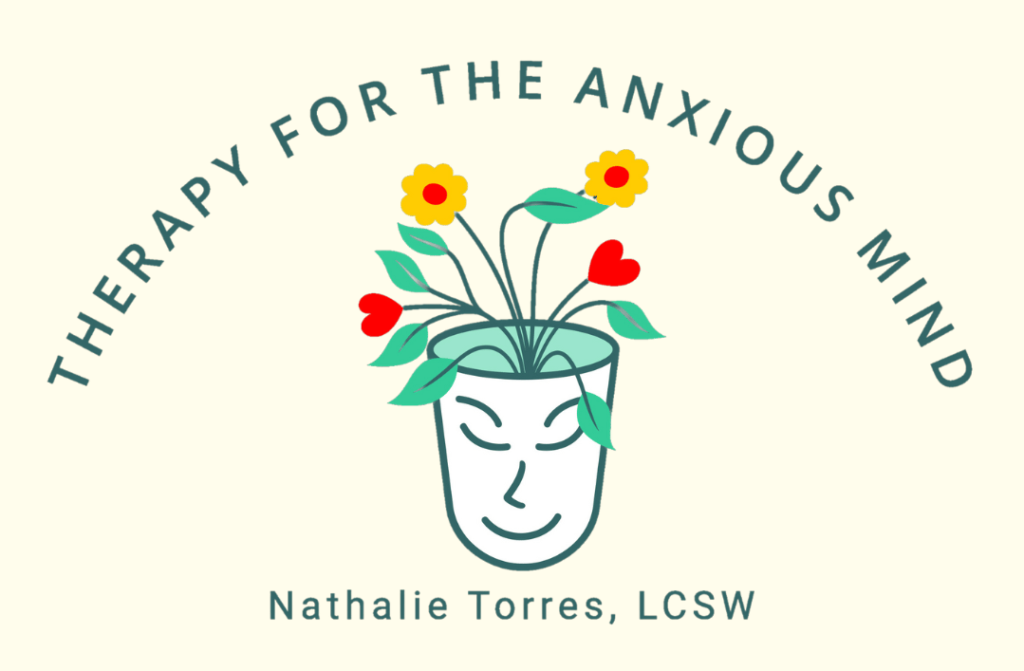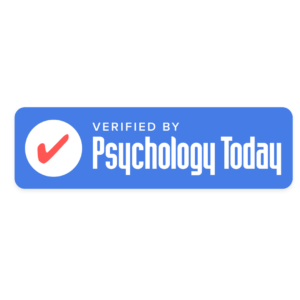Body-focused repetitive behaviors (BFRBs) are often misunderstood and dismissed as mere “bad habits.” But for those who struggle with them, BFRBs are complex, challenging conditions that deserve our attention and compassion. As someone who’s worked extensively with individuals dealing with BFRBs, I want to shed light on these often-hidden struggles and offer hope for those seeking help.
The Hidden Prevalence of BFRBs
BFRBs are far more common than you might think, especially among younger generations:
- 1 in 20 people experience BFRBs
- Onset typically occurs between ages 11-15
- 70% of those affected are female
What Are BFRBs?
BFRBs are a group of related disorders involving repetitive, body-focused actions. The most common types include:
- Trichotillomania (hair pulling)
- Dermatillomania (skin picking)
- Onychophagia (nail biting)
These behaviors go beyond simple habits. They stem from a complex interplay of biological, psychological, and environmental factors.
Recognizing BFRBs: When Habits Become Something More
How do you know if your behaviors have crossed into BFRB territory? Watch for these signs:
- Spending over an hour a day on the behavior
- Experiencing physical damage or scarring
- Feeling unable to control the urge despite negative consequences
- Experiencing shame, anxiety, or depression related to the behavior
“The journey to understanding BFRBs begins with acknowledgment—of the struggle and its impact on your life.”
Understanding Triggers
BFRBs often serve as a coping mechanism for difficult emotions or situations. Common triggers include:
- Stress and anxiety
- Boredom or understimulation
- Sensory needs (e.g., itching, tingling sensations)
- Perfectionism and self-criticism
Recognizing your personal triggers is a crucial step in managing BFRBs.
Treatment Reality Check: The ComB Approach
There’s no quick fix for BFRBs, but effective treatment options exist. The Comprehensive Behavioral (ComB) method is a promising approach that combines:
- Habit reversal training
- Cognitive-behavioral techniques
- Mindfulness practices
The goal isn’t to simply stop the behavior, but to develop healthier coping mechanisms and self-care strategies.
“Treatment isn’t about forcing yourself to stop—it’s about discovering healthier ways to cope that work for you.”
At the core of ComB is self-compassion. Instead of harsh self-judgment, you learn to approach your behaviors with understanding and kindness.
Practical Steps for Managing BFRBs
If you’re struggling with a BFRB, here are some actionable steps to get started:
- Keep a trigger journal to identify patterns and emotions
- Practice relaxation techniques like deep breathing
- Engage in alternative behaviors when you feel the urge (e.g., squeezing a stress ball)
- Talk to a trusted friend or family member about your experiences
Remember, seeking professional help is crucial if your behaviors are causing significant distress or interfering with your daily life. A therapist trained in CBT and BFRBs can provide personalized strategies and support.
Breaking the Silence: Resources and Support
Opening up about BFRBs takes courage, but you don’t have to face this alone. Here are some valuable resources:
- The TLC Foundation for BFRBs (bfrb.org)
- The International OCD Foundation (iocdf.org)
- Online support groups and forums
“Cultural stigma around BFRBs only adds to the isolation—let’s break that silence together.”
Living with a BFRB can feel isolating, but you’re not alone in this struggle. With understanding, support, and the right treatment approach, it’s possible to manage these behaviors and reclaim your life.





